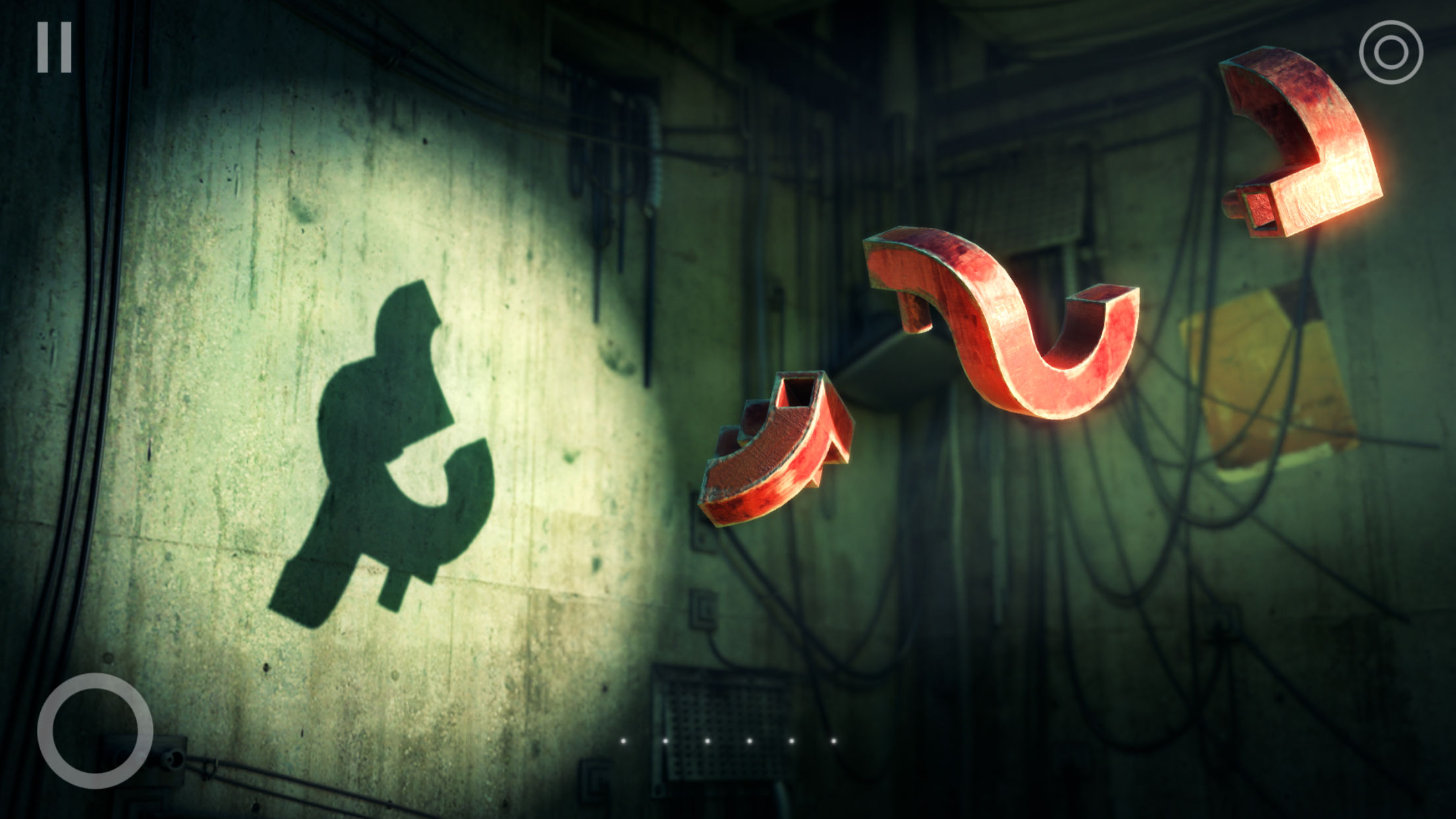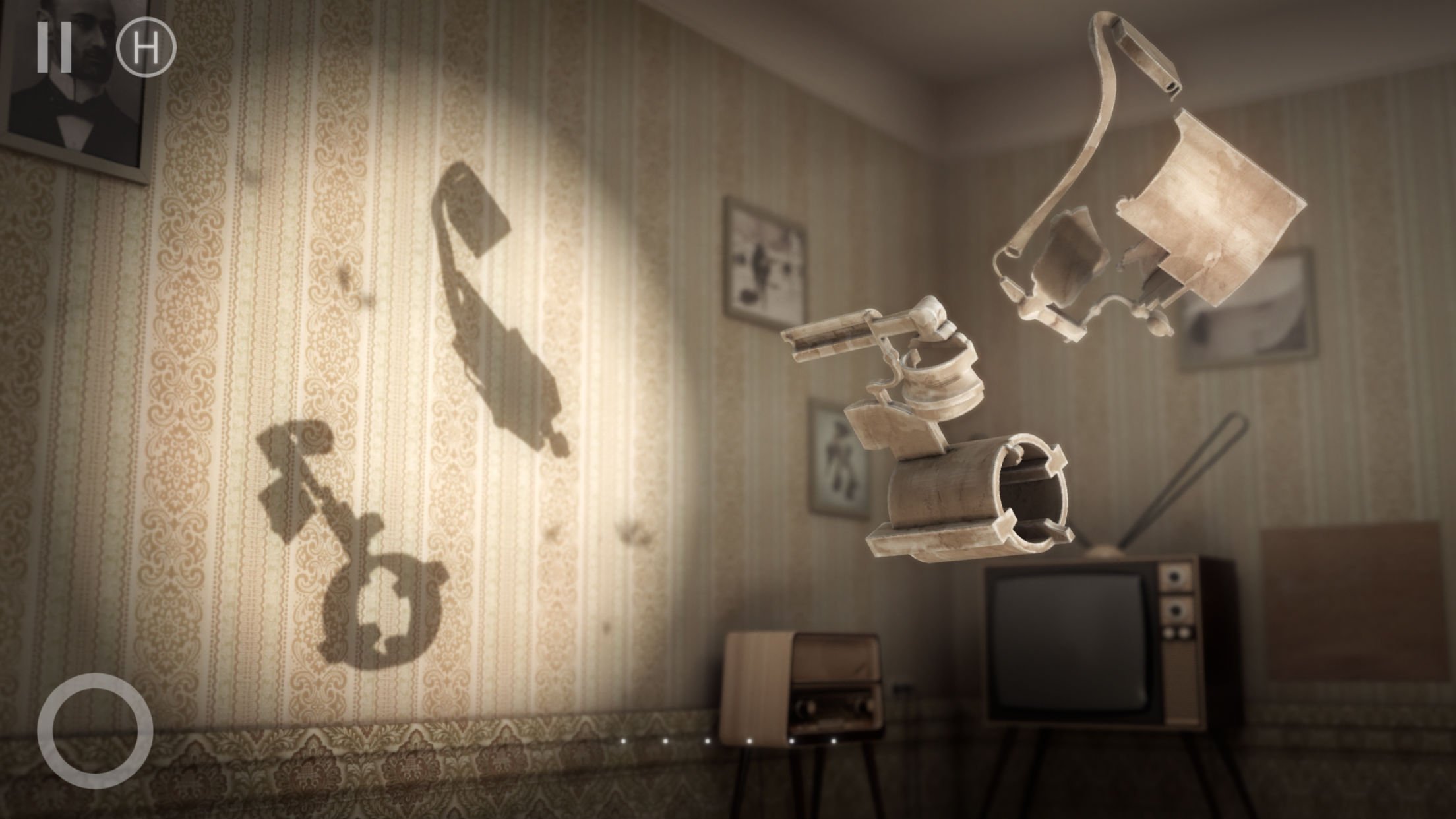- Wondering how to get Monopoly GO! free rolls? Well, you’ve come to the right place. In this guide, we provide you with a bunch of tips and tricks to get some free rolls for the hit new mobile game. We’ll …
Best Roblox Horror Games to Play Right Now – Updated Weekly
By Adele Wilson
Our Best Roblox Horror Games guide features the scariest and most creative experiences to play right now on the platform!The BEST Roblox Games of The Week – Games You Need To Play!
By Sho Roberts
Our feature shares our pick for the Best Roblox Games of the week! With our feature, we guarantee you'll find something new to play!All Grades in Type Soul – Each Race Explained
By Adele Wilson
Our All Grades in Type Soul guide lists every grade in the game for all races, including how to increase your grade quickly!
Shadowmatic Review: Illuminating
Early in the iPhone’s life, the spectacular chill out game Zen Bound proved that there were experiences that could only work on a touchscreen device. Most other games, at the time, were trying to bring handheld console-style gameplay to the …

Early in the iPhone’s life, the spectacular chill out game Zen Bound proved that there were experiences that could only work on a touchscreen device. Most other games, at the time, were trying to bring handheld console-style gameplay to the App Store, but Zen Bound offered something built for the platform, and it worked beautifully. Shadowmatic follows in those footsteps very, very closely.
That’s not to say Shadowmatic is ripping off Zen Bound. But it’s clear where Triada Studio’s inspiration was found, and the development team has paid great homage to that early iPhone classic.
https://vine.co/v/Ojm0rdZImrO
In this game you’re presented with a very obscure, abstract object that, generally, doesn’t resemble anything. It’s like a 3D printer has malfunctioned, and the result is hanging in mid air. There’s an off-screen light source casting a shadow on the wall in from of this strange simulacrum, and your task is to rotate the object until the shadow forms a recognizable silhouette.
It’s a very simple objective in principle, but in practice these can be very tricky puzzles to solve. Some stages present you with two floating obscurities, which adds another dimension to the solution as you attempt to not only rotate them correctly, but also position them relative to each other within 3D space, and thereby reveal the silhouette.

Shadowmatic’s controls, like its visuals, are a thing of beauty. Rotating the objects is very organic and easy, and requires nothing more than a finger on the screen. Two fingers, like the Maps app, are used to rotate it on its axis. When you’ve two objects to tackle a button in the bottom corner of the screen switches between them, while holding this button down allows you to rotate the two objects around each other. It’s a very intuitive control system that takes no effort to learn, and always performs as though you had the actual shapes in your hand.
There are occasional disagreements, such as when I felt that I’d created a perfectly recognizable gecko, yet the game was looking for a slightly different configuration, but there were never any hard feelings. The enjoyment of Shadowmatic isn’t in winning, but in playing with the tangible art installations it’s built with. This is a game that, anti-gravity problems aside, you could play in real life and enjoy in exactly the same way.
https://vine.co/v/OjmVgu0Zlu6
Although I’m trying to avoid too many comparisons to Zen Bound, Shadowmatic has taken another similar approach to adding value to its simple gameplay concept. The alluring, chill out gameplay is bolstered by beautiful, photorealistic graphics and a perfectly complementary ambient soundtrack.
And it’s not just the twisted, melted objects that look beautiful. The walls upon which the shadow is projected, the background settings and the subtle, hazy lighting effects all combine to make Shadowmatic a delight to look at, as well as play.
If Zen Bound held any kind of appeal to you (and it should have), then Shadowmatic is the game you’ve been waiting for.

The good
- As good to look at as it is to play.
- Beautiful, organic controls.
- Great chill out atmosphere creates relaxing gameplay.
- Tranquil soundtrack.

The bad
- Occasionally disagrees that a puzzle is complete.
More articles...
Monopoly GO! Free Rolls – Links For Free Dice
By Glen Fox
Wondering how to get Monopoly GO! free rolls? Well, you’ve come to the right place. In this guide, we provide you with a bunch of tips and tricks to get some free rolls for the hit new mobile game. We’ll …Best Roblox Horror Games to Play Right Now – Updated Weekly
By Adele Wilson
Our Best Roblox Horror Games guide features the scariest and most creative experiences to play right now on the platform!The BEST Roblox Games of The Week – Games You Need To Play!
By Sho Roberts
Our feature shares our pick for the Best Roblox Games of the week! With our feature, we guarantee you'll find something new to play!All Grades in Type Soul – Each Race Explained
By Adele Wilson
Our All Grades in Type Soul guide lists every grade in the game for all races, including how to increase your grade quickly!







